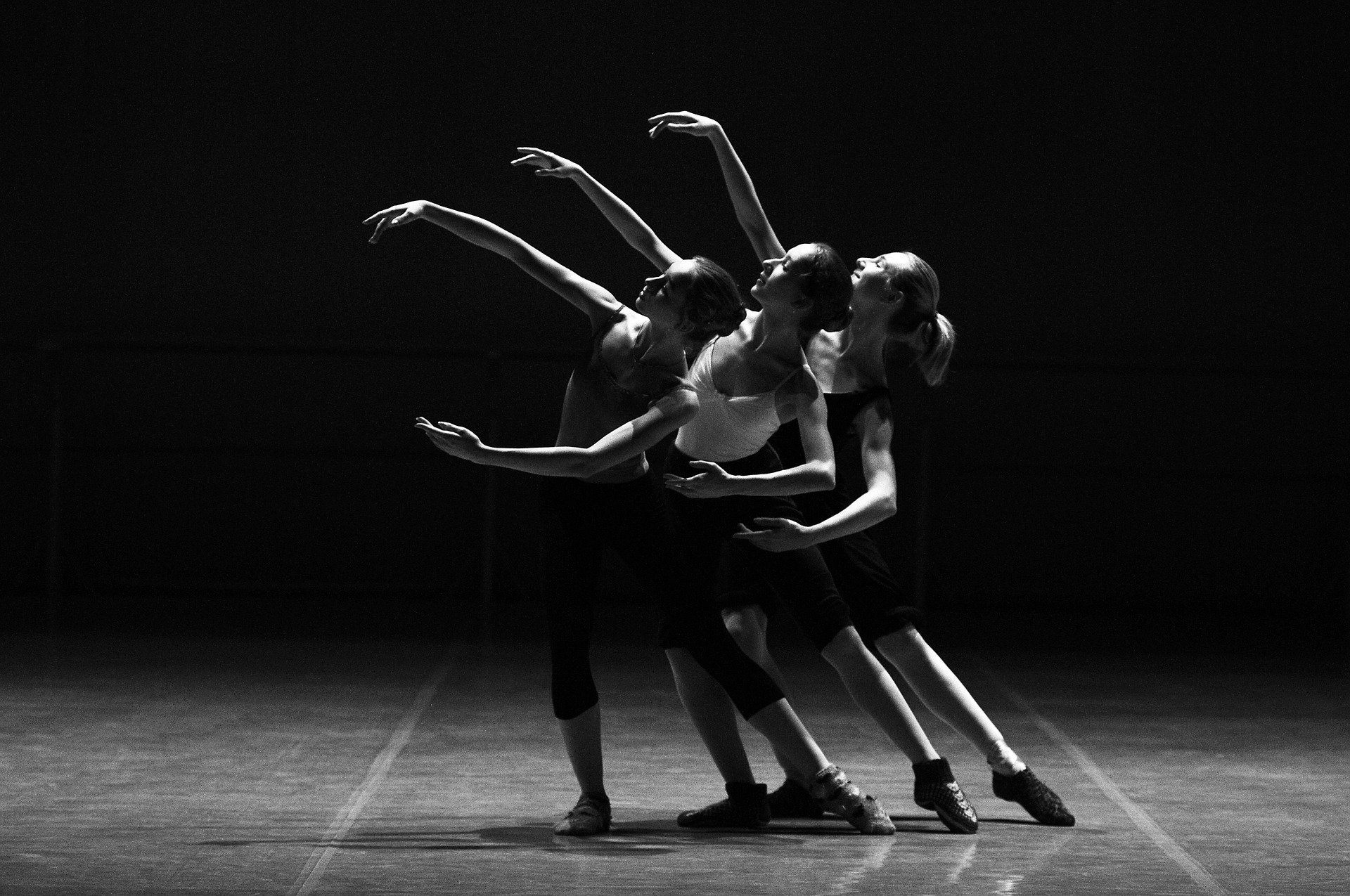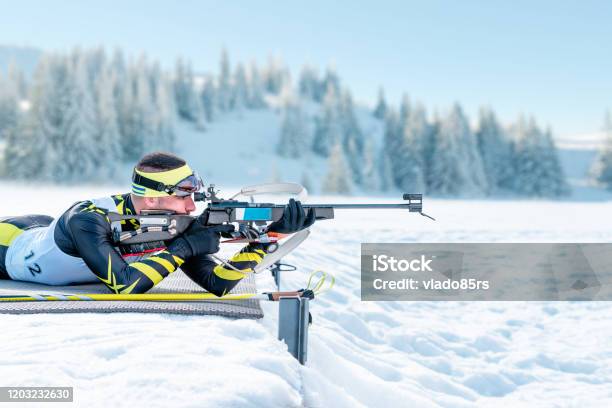The Transcendence of Art in Virtual Reality: From Concept to Cultural Phenomenon
As we journey deeper into the digital age, the realms of arts and entertainment continue to evolve, taking on new forms and dimensions. Among the most intriguing developments is the integration of art in virtual reality (VR). This article delves into the history, current developments, and cultural significance of this artistic trend.
A Glimpse into the Past
The concept of virtual reality traces back to the mid-20th century, when Morton Heilig invented the ‘Sensorama’, a machine that stimulated a user’s senses to create a virtual experience. However, it wasn’t until the 1990s, with the advent of computer technology, that virtual reality as we know it began to take shape. The integration of VR in art initially received mixed reactions, with skeptics viewing it as a novelty rather than a viable medium.
Breaking into the Mainstream
Fast forward to the present day, and VR technology has improved exponentially, allowing for greater immersion and interactivity. This has led to a surge in VR art exhibitions and experiences globally. The Museum of Other Realities, for instance, offers a curated collection of immersive art from artists around the world, all viewable through a VR headset.
A Paradigm Shift in Artistic Expression
The impact of VR on art is profound, offering artists an unprecedented level of creative freedom. This new medium allows artists to construct immersive, three-dimensional environments that defy the laws of physics, opening up limitless possibilities for artistic expression. Consequently, the audience is no longer a passive observer but an active participant in the artwork, leading to a more impactful and personal experience.
The Reception and Future Prospects
The reception of VR art has been overwhelmingly positive, with critics praising its innovative approach and immersive qualities. However, the high cost of VR equipment and the need for technical expertise can be barriers to entry. Despite these challenges, the future of VR art looks promising, with advancements in technology and increased accessibility likely to drive its continued growth.
The Cultural Significance
The advent of VR art marks a significant cultural shift. It blurs the line between reality and illusion, challenging our perceptions of art and reality. As we move forward, it will be intriguing to see how this form of art continues to evolve and shape our cultural landscape.
In conclusion, the integration of art in virtual reality serves as a testament to the dynamic nature of the arts and entertainment industry. This transformative medium is not only revolutionizing artistic expression but also the way we engage with and perceive art. While we are still in the early stages of this artistic movement, its impact is undeniable, and its potential, vast and exciting.





